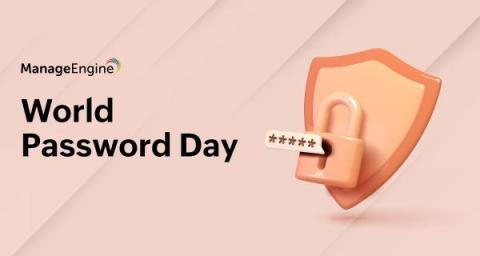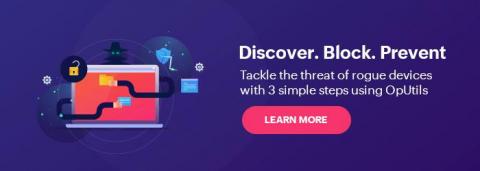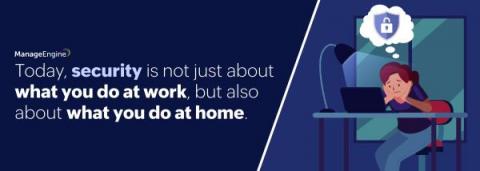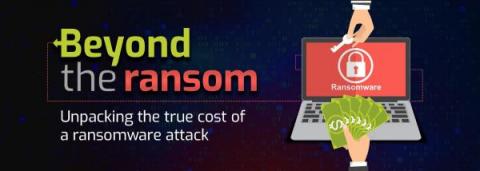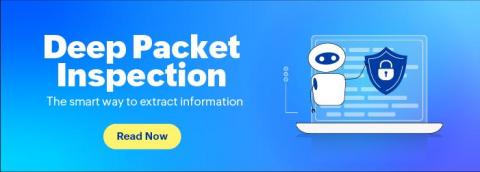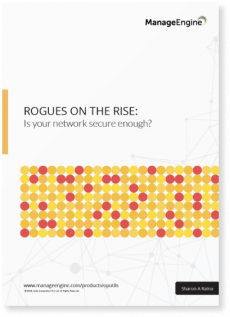Why are passwords so difficult to remember?
We all have a lot of passwords to keep track of on a daily basis, whether they’re for shopping websites, emails, social media, or the workplace. It’s practically impossible to remember login information for each of them. But without these crucial bits of data, we can’t get to where we need to go online. It is estimated that over 300 billion passwords are currently in use, which equates to around 38.4 passwords per internet user.


